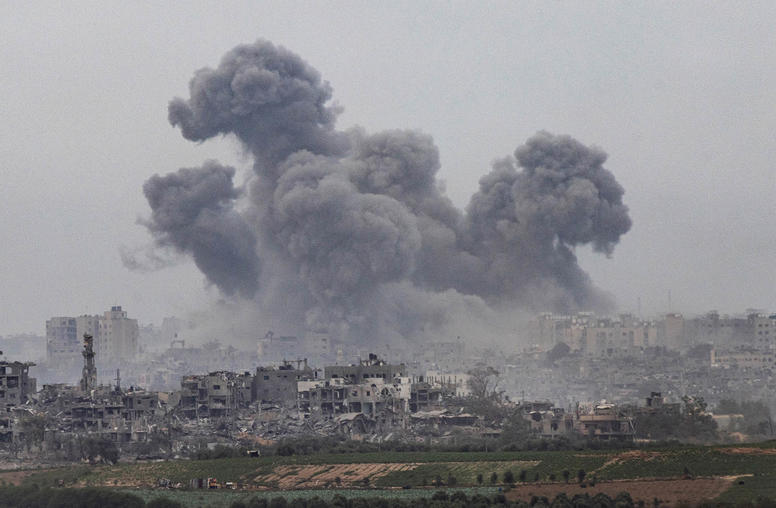Understanding the Iran-Hezbollah Connection
Hezbollah supporters, holding posters of leader Sheik Hassan Nasrallah, chant slogans during an anti-Israeli demonstration in Tehran, Iran on July 18.
Iran has made no secret of its special relationship with Lebanon's Hezbollah. Many commentators suggest that this relationship extends beyond Iran's providing the group with advanced weaponry, arguing that the Iranian government has been calling the shots in Lebanon.
What is Iran's role in fomenting the current conflict between Israel and Hezbollah? What are the implications of the conflict for the Middle East at large? How should the U.S. and the international community respond?
Speakers
- Vali Nasr
Adjunct Senior Fellow for Middle Eastern Studies at the Council on Foreign Relations, and Professor of National Security Affairs at the Naval Postgraduate School - Kenneth Pollack
Director of Research, Saban Center at the Brookings Institution - Hadi Semati
Public Policy Scholar at the Woodrow Wilson International Center for Scholars, on leave from his position as Assistant Professor in the Faculty of Law and Political Science at Tehran University - Ray Takeyh
Senior Fellow for Middle Eastern Studies at the Council on Foreign Relations - Daniel Brumberg, Moderator
Special Advisor, USIP Muslim World Initiative | Dept. of Goverment, Georgetown University
Archived Audio
To listen to audio or to view video, please click on the links provided below. You also can right click on the links and choose "Save Target As" or "Download Linked File." This will save the file to your computer and then allow you to play it in your media player directly. More Audio Help.
- Listen to the audio from this event.
1:42:50 - 17.8MB



